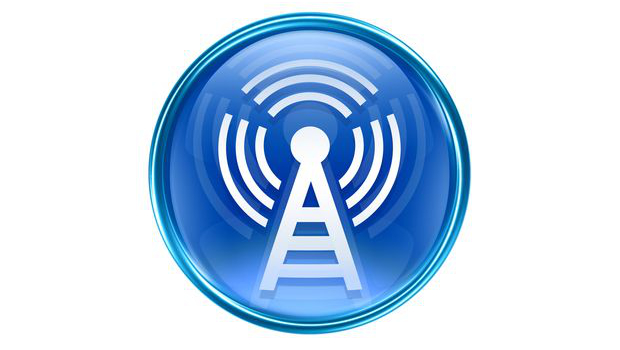
Cisco goes after wireless IoT with Fluidmesh
Cisco is looking to reinforce its wireless IoT portfolio by acquiring Fluidmesh Networks for an undisclosed amount.
Founded in 2005 by researchers from the Massachusetts Institute of Technology and the Polytechnic University of Milan, the firm specialises in wireless backhaul technology to support enterprise class video, voice, and data connectivity in large-scale distributed sites where signal strength can be challenging.
Cisco said once the acquisition closes, it will meld Fluidmesh’s products into its own industrial wireless family.
Liz Centoni, senior vice president and general manager of Cisco Cloud, Compute, and IoT, cited a number of applications the Cisco/Fluidmesh combination would target including:
- Building high-speed and reliable connectivity between the trains and the trackside eliminating potential gaps in data transfer even when traveling at high speeds.
- Improving worker safety with ultra-reliable communication systems for remote operations of mining equipment, eliminating the need to send workers into potentially hazardous environments.
- Increasing productivity with autonomously moving robots in manufacturing settings that operate on a resilient and low-latency wireless network.
“While most wireless solutions work well for slow moving objects (<30km/h), Fluidmesh’s technology is designed to provide zero loss of data transfer at speeds in excess of 300 Km/h,” Centoni wrote in a blog detailing the acquisition. “Beyond high speed rail, numerous industries from manufacturing, oil & gas and mining, to shipping ports, are all looking at how they can use wireless connectivity to automate operations in an effort to reduce operational costs.”
Cisco and Fluidmesh have teamed up in the past to support Wi-Fi on trains.
The Fluidmesh buy is just one in a series of IoT-related moves Cisco has made in the past year. In March Cisco said it would meld its announced intelligent-edge software with Microsoft’s Azure IoT Hub. Cisco Edge Intelligence runs on Cisco’s IoT packages and gathers data from connected devices to create logical flows from the edge into private, public or third-party clouds. Micirosoft’s IoT Hub is a managed cloud service that acts as a communications traffic cop between IoT devices and applications.
In January Cisco rolled out an overarching security architecture for industrial IoT (IIoT) environments that includes existing products but also new software called Cisco Cyber Vision, for the automated discovery of industrial assets attached to Cisco’s extensive IIoT networking portfolio. The new security rollout also included Cisco Edge Intelligence software to simplify the extraction of IoT data at the network edge. Together with the new software, IT and operational technology groups will be able to work together to provide advanced anomaly detection in IIoT environments, Cisco stated.
Also in 2019, Cisco expanded its IoT security and management offerings by acquiring Sentryo, a company that offers anomaly detection and real-time threat detection for IIoT networks. Founded in 2014 Sentryo products include ICS CyberVision – an asset-inventory, network-monitoring and threat-intelligence platform – and CyberVision network-edge sensors, which analyze network flows.
Last year Cisco rolled out a family of switches, including the Catalyst IE3x00 ruggedised edge switches, software, developer tools and blueprints to incorporate IoT and industrial networking into intent-based networking and classic IT security, monitoring and application-development support.
All of these moves are designed to address a rapidly growing IoT networking arena. According to Cisco’s recent Internet Report, of the 29.3 billion networked devices in use by 2023, near half will support IoT applications. Machine-to-machine communications are among the hottest applications, including applications such as smart meters, video surveillance, healthcare monitoring, transportation and package tracking.
IoT traffic is growing faster than the number of connections because the use of video applications on M2M connections is up, as well as other high-bandwidth, low-latency applications such as telemedicine and smart-car navigation systems, Cisco said.
The Fluidmesh acquisition, Cisco’s first of 2020, is expected to close in the fourth quarter of Cisco’s fiscal year and the Fluidmesh team will become part of Cisco’s IoT business. Cisco made six acquisitions in 2019.
IDG News Service







Subscribers 0
Fans 0
Followers 0
Followers